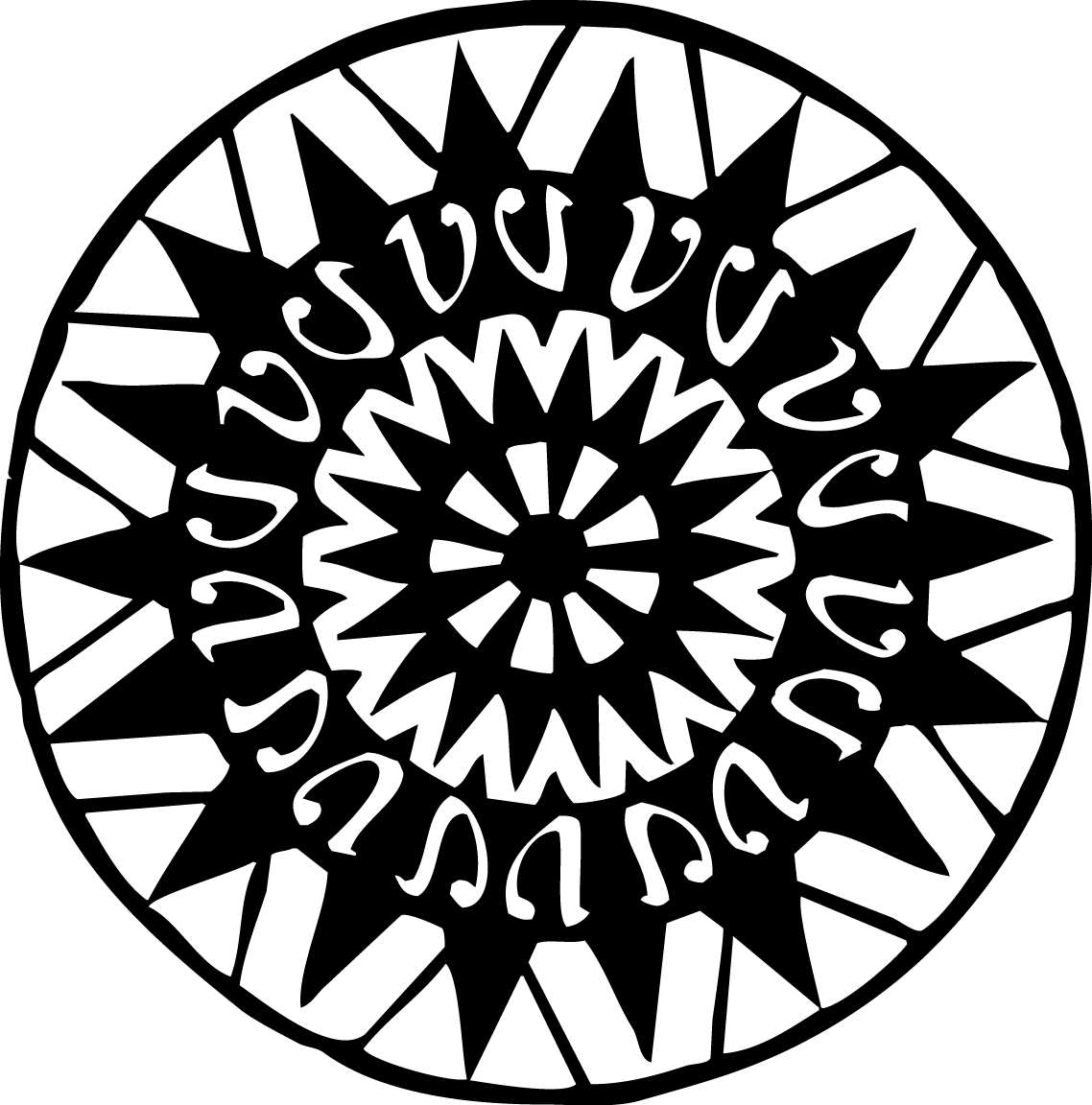When people who are different are isolated from the masses they become unapproachable. Scary. Someone to be avoided. When we lack an understanding of how to behave, we protect ourselves by circumventing potentially uncomfortable situations.
But.
Creativity happens when disparate groups of peoples or cultures blend to create something new. And if the general public is distanced from people who are different, there are no opportunities for new, shared ideas. Therefore, one of the principles for designing for the fringe is to focus on togetherness, not on individuals.
As children, we are the most susceptible to new ideas and ways of thinking. In a research paper comparing how adults versus children react in atypical relationships or situations, the researchers found that children "are less biased by prior assumptions and pay more attention to current evidence" than adults. But in our culture, those formative years are generally the years children with disabilities are most segregated from their peers, often attending special schools.
Jonny and Melissa Fisher of Pocatello, Idaho wanted their daughter, Brooklyn, to experience the joy and freedom kids experience in a playground. However, with Spina Bifida, there was no place in their community for Brooklyn to play with other children.
Instead of being discouraged, Jonny and Melissa saw an opportunity for their community. They raised $500k+ to create an accessible playground for Brooklyn and all of her friends. (Listen to the 7:50 NPR segment for more of the story.)
This inclusive playground for Brooklyn has therapeutic swings, ramps for the play structures and soft surfaces for play giving Brooklyn, and the other 3,000 kids in the Pocatello community with a disability, a place to play with all of their friends.
NPR is building a national database of accessible playgrounds. If you need one, or know of one near you add it to the list.
Designing for the Fringe: Making dysphagia-safe carrots at home.
The presentation and my notes from my portion of the presentation at South by Southwest (SXSW). My perspective was mostly focused on the utilitarian purpose fo 3D printed food -- particularly for those with Swallowing Disorders (Dysphagia).
Dysphagia is the medical term for the symptom of difficulty in swallowing. Dysphagia brings a major life change. Advancements in the word of 3D printing open the door for more people to enjoy nutritious, fresh food.
A few notes about my submission to the Panel Picker for the 2016 SXSW Interactive festival.
A tiny home could make it easier for my mom to age near us (or for us to live near her).
The US transportation system falls short for the elderly. Understanding why can make it better.
The NEA focuses an entire issue on the arts and accessibility to celebrate the 25th anniversary of the Americans with Disabilities Act. *Swoon*
Stephanie Thomas is cur8able, curating clothing and lifestyle products that are accessible /smart/ stylish for people with disabilities.
A video game, Forget-Me-Knot, helps people understand what it is like to have Alzheimer's.
Headphones help those who are blind use the ATM. Watch and learn.
BrainDance is a collaborative project bringing together dance choreographers, neuroscientists, physicians, philosophers and people with Parkinson's disease to explore movement.
Despite multiple setbacks, Frida Kahlo did not live in the world of the disenfranchised. She lived as a goddess whose entire being is a work of art.
The dying process is messy. It’s hard on everyone. It’s confusing. It’s painful. It’s the beginning of your grief. Talking about it early will help the survivors cope.
Surfing the web, and this website, with a screen reader.
How the blind watch movies, TV and play video games.
Emily McDowell made empathy cards to say all the things that are difficult to say.
As your parents and loved ones grow older you start to notice subtle differences in the way they live their lives. These modifications generally come after something has happened.
Crisis Mappers Network, a large, active, international community of experts, practitioners, policymakers, technologists, researchers, journalists, scholars, hackers and skilled volunteers who are using technology, crowd-sourcing and crisis mapping to answer our humanitarian needs.
Through telepresence and a Segway-like robot, Beam helps those with disabilities see the world.
Can using 3D printing solve animal protection issues?
A wearable device that allows you to send messages with simple gestures.
The get-to-know-you card game for people you've known your whole life.
Personal experience helped a Boy Scout create a wearable to prevent Alzheimer's patients from wandering.
A 12-year-old makes a braille printer with Legos. In other unrelated news, I waste a lot of time watching TV.
Peter and Peregrine are advocating for children and engineers to work together to create solutions.
Neil Brandvold speaking on conflict journalism and what it's like to be a witness to culture changing moments.
I conducted a Workshop on Designing for the Fringe. Here are the ideas we brainstormed at this amazing conference.
Did you know it is super hard to get yourself weighed if you're in a wheelchair? I didn't either.
Inclusive playgrounds aren't a given in our society, but they're important.
If you're interested in Inclusive Playgrounds, check out the brainstorm I conducted at the SwitchPoint Conference.






























Discussing Designing for the Fringe on the 3D LILA Podcast.